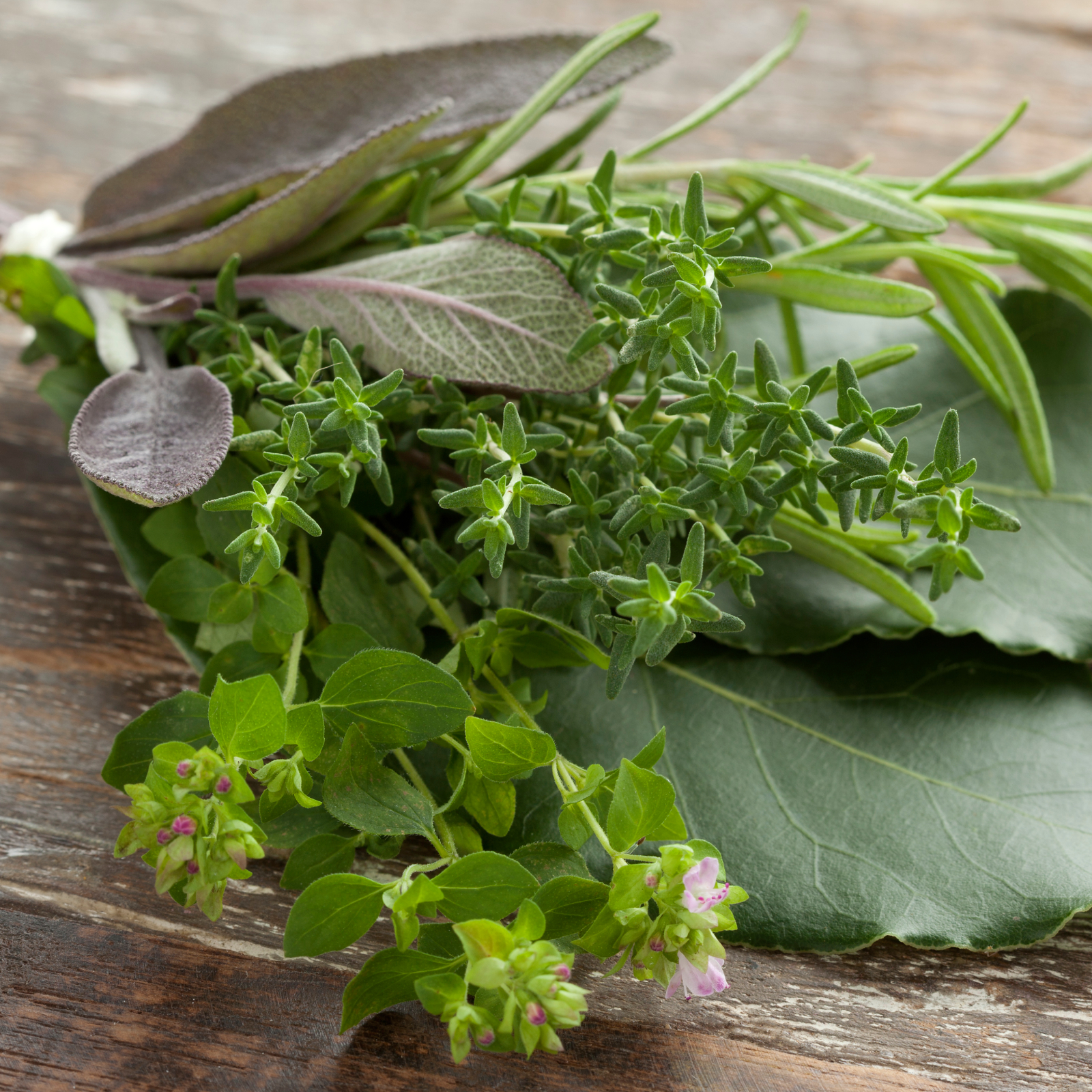What Is A Jewish Garden: How To Create A Jewish Biblical Garden


A Jewish biblical garden is a great way to express your faith while creating a beautiful place for your family or community. Find out about creating Jewish Torah gardens in this article.
What is a Jewish Garden?
A Jewish garden is a collection of plants that hold meaning to people of the Jewish faith. It is a place for peaceful contemplation and meditation. The design should include seating and shady pathways where visitors can feel as though they are stepping back in history as they enjoy the surrounding beauty and symbolism.
When you begin planning your garden, choose your plants carefully so they will have meaning rooted in the faith of the Jewish people. Begin with as many of the Seven Species as you can and round it out with plants that symbolize biblical events. For instance, the flame-colored leaves of a spirea can represent the burning bush.
Jewish Garden Plants
The selection of Jewish garden plants centers around the Seven Species listed in Deuteronomy 8:8 which include: wheat, barley, figs, grapevines, pomegranates, olives, and date palm honey.
- Wheat and barley are two essential grains that provided bread, food for livestock, and chaff for fuel. They were so important that wars stopped, and all other activity ceased until the crops were safely harvested. If you don't have room for a field of grains, tuck in a little wheat here and there as you would ornamental grasses.
- Figs and fig trees symbolize peace and prosperity. The fruit can be eaten fresh or dried and stored, and the leaves are used to make a number of household items including umbrellas, dishes, and baskets.
- Grapevines provided shade for people and animals, food in the form of fresh grapes and raisins, and wine. The vines symbolize bounty. Images of grapevines appear on coins, pottery, portals of synagogues, and tombstones.
- Pomegranate trees are pretty enough to use as a focal point in the garden. A symbol of fertility because of the abundance of seeds it contains, pomegranates may have been the forbidden fruit in the Garden of Eden. Pomegranate designs were used to decorate religious garments of the high priests, and you'll sometimes see them on the decorative tops of torah rollers.
- Olives were grown throughout the holy land. They can be pressed to extract the oil or soaked in brine as a traditional food. Olive oil was used in medicines, as a base for perfumes, as a lamp oil, and in cooking.
- Date palms produce a tasty fruit, but they are impractical for most gardens because of their size and warm temperature requirements. A date palm frond can grow as much as 20 feet (6 m.) long. Deuteronomy specifies the honey made from date palm trees.
These Seven Species have sustained the Jewish people throughout history. Some additional categories of plants that you may find meaningful in your Jewish garden design are:
Herbs
Flowers
Gardening tips, videos, info and more delivered right to your inbox!
Sign up for the Gardening Know How newsletter today and receive a free copy of our e-book "How to Grow Delicious Tomatoes".
Trees

Jackie Carroll has written over 500 articles for Gardening Know How on a wide range of topics.
-
 How To Make A Bouquet Garni Or Herb Bundle For Cooking
How To Make A Bouquet Garni Or Herb Bundle For CookingIf you’re a great cook, you may have made an herb bundle before. If this is a new idea, learn how to add sparkle and interest to your dish with a bouquet garni.
By Amy Grant
-
 ‘Coral Charm’ Peony Care For Sublime Semi-Double Peonies With Lush Salmon Pink Flowers
‘Coral Charm’ Peony Care For Sublime Semi-Double Peonies With Lush Salmon Pink FlowersPeonies are known for their soft baby pink or magenta tones, but if plushy coral blooms are your thing, here’s our guide to the ultimate ‘Coral Charm’ peony care
By Tonya Barnett